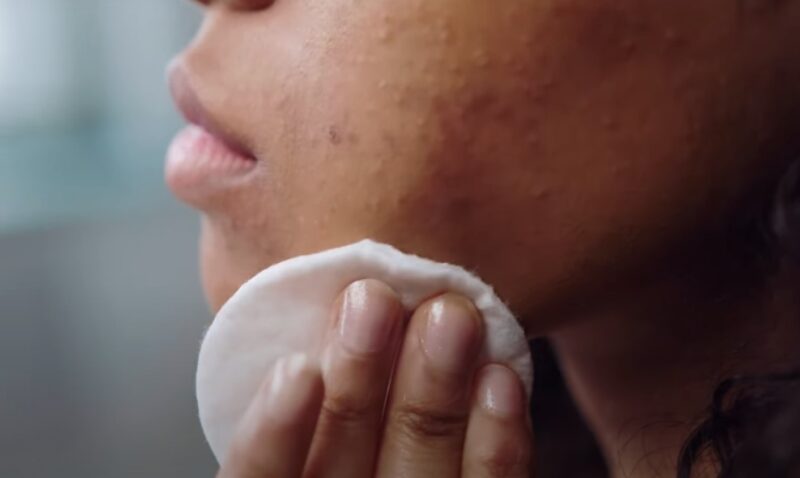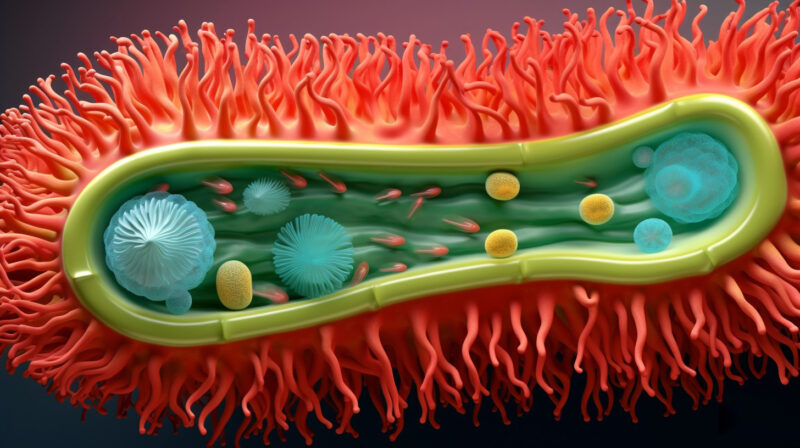Cystic acne is a really intense kind of pustule that happens when oil and dead skin cells get all clogged up inside hair follicles, causing infection and swelling.
These breakouts are big, red, and super painful, and they go deep into the skin. Dealing with this type of pustule can be a real challenge, and if you don’t handle it right, it can leave you with scars.
Key Takeaways:
Symptoms of Cystic Acne

Cystic acne is a really tough type of pimple that goes beyond your average breakout. It’s all about these deep, inflamed cysts filled with pus that form beneath the skin. What sets it apart from other pimples is its depth, the level of inflammation, and the potential for leaving scars.
According to Cleveland Clinic, individuals who have cystic acne tend to grow pus-filled acne cysts, also known as pimples, deep beneath their skin. These acne cysts are frequently painful and can reach significant sizes.
We call it “severe” because it can really mess up your skin, cause a lot of pain, and has a higher chance of leaving scars compared to those milder blackheads or whiteheads. Dealing with cystic acne is no walk in the park, that’s for sure.
Interesting Fact: Acne affects up to 50 million people in the United States alone, making it the most common skin condition.
Most Common Causes
Cystic acne results from a combination of factors, including hormonal fluctuations, excessive sebum production, bacteria presence, and skin inflammation.
When our hormones go through changes, like during puberty, pregnancy, or menstrual cycles, it can make our skin produce more oil. This excess oil can end up clogging our pores. And when those blocked pores get infected with bacteria, specifically Propionibacterium acnes, our body’s immune system kicks in, resulting in inflammation and the development of those pesky, deep, and painful cysts.
Sometimes, our genes have a say in it. If you come from a family with a track record of dealing with intense pustules, chances are you might end up facing some cystic pustules yourself.
Our everyday choices and the world around us can have a profound impact on our well-being. Factors like stress, diet, and even the cosmetics we use can worsen the condition, making it even more challenging to manage and treat effectively.
There are certain medications and chemicals, like corticosteroids, lithium, androgens, that can make cystic pustules worse or even play a role in their formation.
Diagnosis and When to See a Dermatologist

If you’re dealing with a stubborn, uncomfortable, and deeply embedded pustule, it’s important to reach out to a dermatologist for help. While milder types of acne might be managed with over-the-counter remedies, cystic acne can be more severe and has the potential to cause scarring, which is why seeking professional medical advice is necessary.
If you’re noticing big, painful bumps beneath your skin that aren’t getting better with typical pimple treatments, or if you’re seeing noticeable scarring, it’s a good idea to schedule an appointment with a dermatologist.
Different acne treatments include lifestyle remedies, topical medication, oral medication, and medical procedures. – Erica Roth
What to Expect During a Dermatological Examination
When you go for a dermatological examination, the dermatologist will carefully examine your skin to really understand what kind of acne you’re dealing with and how severe it is. They’ll take a close look at the affected areas to spot those telltale cysts that are associated with cystic pimples.
To get a complete picture of your condition, the dermatologist might also ask you about your medical history, including any previous treatments you’ve tried, the medications you’re currently taking, and whether anyone in your family has had pimples. This helps them gather all the necessary information.
In some situations, if the diagnosis isn’t straightforward or if there’s a concern about other underlying conditions, the dermatologist may recommend further tests. However, in most cases, the physical signs of cystic pimples are enough to make a diagnosis and start a treatment plan that’s tailored specifically to you.
Prevention Tips for Cystic Acne

Preventing involves a combination of skincare practices, lifestyle adjustments, and, when necessary, medical intervention. While it’s challenging to prevent entirely due to its ties to hormonal fluctuations and genetic predisposition, these tips can help manage and reduce the risk of severe outbreaks:
| Prevention Tip | Description |
|---|---|
| Maintain a Consistent Skincare Routine | Use gentle, non-comedogenic skincare products that don’t clog pores. Incorporate a mild cleanser and a moisturizer suitable for your skin type into your daily routine, and consider products with ingredients like salicylic acid or benzoyl peroxide to combat excess oil and bacteria. |
| Avoid Aggravating the Skin | Resist the urge to pick at or pop cysts, as this can worsen the inflammation and lead to scarring. Also, avoid harsh scrubbing or over-exfoliating, which can irritate the skin and exacerbate pustules. |
| Manage Hormonal Fluctuations | For those who notice a link between their pustule and hormonal changes, discussing hormonal treatments with a healthcare provider can be beneficial. Birth control pills or anti-androgens may help balance hormone levels and reduce pimple outbreaks in some women. |
| Adopt a Healthy Lifestyle | A balanced diet low in sugar and dairy has been suggested to benefit some people with acne, though the evidence is mixed. Staying hydrated, getting enough sleep, and managing stress through exercise, meditation, or yoga can also help reduce the severity of pustule outbreaks. |
| Seek Early Treatment | At the first sign of cystic acne, consulting with a dermatologist can prevent the condition from worsening. Early intervention with appropriate treatments can reduce the risk of scarring. |
| Avoid Certain Medications and Chemicals | Be aware of medications and chemicals that may trigger pustule, such as corticosteroids and certain cosmetics. Discuss alternatives with your healthcare provider if you suspect a medication is contributing to your acne. |







